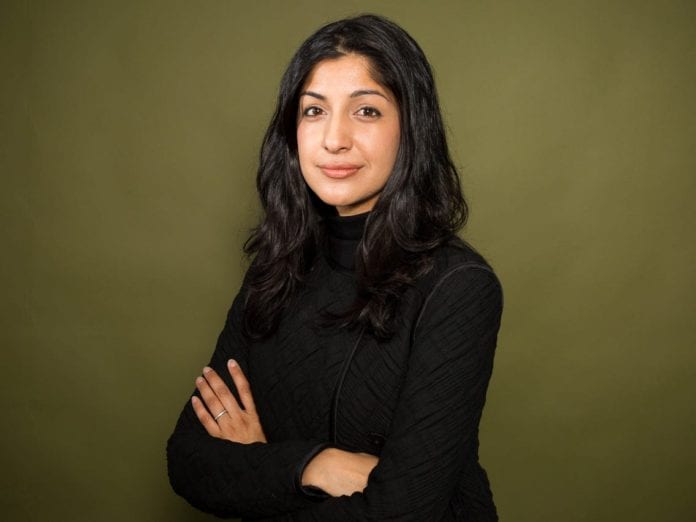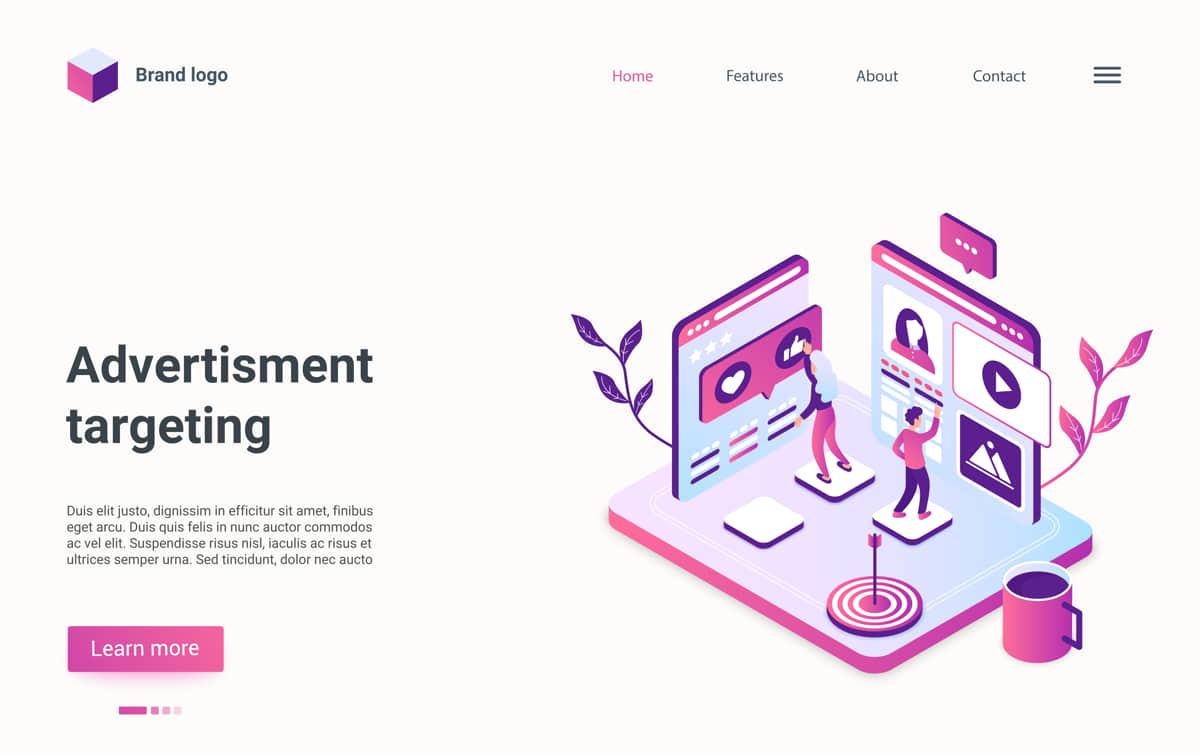Anjali Sud is about 37 years old and she is the CEO of Vimeo.
Today, Vimeo is all over the news; you find it everywhere on the Internet, especially Ads on youtube. But this was not always the case. Vimeo was struggling at a point.
So, what happened, and how did Anjali Sud turn things around for the company?
Contents [show]
How Vimeo Started
Vimeo started as a competitor to Youtube and Netflix. It was an ad-free video platform that provided premium video content to its users.
Vimeo had a clear mission – to create a higher-quality alternative to Youtube. That is to be like another version of Netflix, but with Youtube type of content.
To do this, Vimeo invested heavily in creating its own content and curating content on the platform. There was a lot of catching up to do, and they felt they were equal to the task.
They went after professional video creators and filmmakers. A few years down the line, things were not exactly working.
Anjali Sud and How She Led the Vimeo Pivot
Youtube is estimated in the year 2020 to be worth $170 billion, while Netflix hit $194 billion net worth in 2020. Now, take a moment to imagine a new company with maybe a few million dollars budget trying to compete with those two. That was a huge task before Anjali Sud when she joined Vimeo as Director of Marketing about 6 years ago.
Vimeo did not have the kind of money those two have for content, not to talk of marketing. It didn’t take long for her to see there was a problem.
However, Anjali started taking a second look at Vimeo’s strategy.
“I developed a point of view, myself and a few others within the company, that we probably weren’t going to compete well with Netflix in original content because we probably weren’t going to have $17 billion to spend on it”, Anjali revealed.
And people who wanted entertainment were already used to going to YouTube. It was going to be a hard-to-break habit.
“Vimeo had long been a software company for filmmakers, but the market was too small”, she said in an interview.
The Discovery of a New Market
So, Anjali Sud came up with an idea…
“There was another, much bigger market—businesses. What Squarespace and GoDaddy did for websites, we could do with video.”
Rather than wait idly for ‘management’ to steer the ship, Anjali went directly to the top.
She asked for a meeting with Vimeo’s parent company CEO, Joey Levin.
She pitched him her idea, which was – Pivot Vimeo from an entertainment and content source, to provide tools for small businesses to create video.
It didn’t matter where the video ended up (YouTube, Instagram etc.), Vimeo would help them make it.
Small businesses, mom-and-pop, and even big businesses realised that video and the internet were core to their growth.
But they didn’t have the resources or expertise to create high-quality content. That’s where Vimeo could come in.
Levin was fascinated by the idea. Vimeo was struggling and losing money. What’s the worst that could happen if they gave this a try?
He decided to give her a shot. Anjali put a small team together and started to pilot her idea.
She wasted no time and quickly made Vimeo a one-stop shop for filming, editing, and sharing video.
Sales, profit, subscribers – all the numbers surged significantly higher than they’d been the previous year.
The results were clear, and she was named CEO of Vimeo.
4 years after becoming the company’s chief executive, Anjali and her team took Vimeo public.
In conclusion
One of the most essential lessons from Vimeo and Anjali’s story is knowing when to pivot. You may also want to add this – understanding that pivoting is not an indication of failure, but rather of flexibility.
Youtube, Twitter, Airbnb, and Instagram are on the long list of successful companies that have had to pivot at some points. Vimeo may just be the latest addition to the list.

























